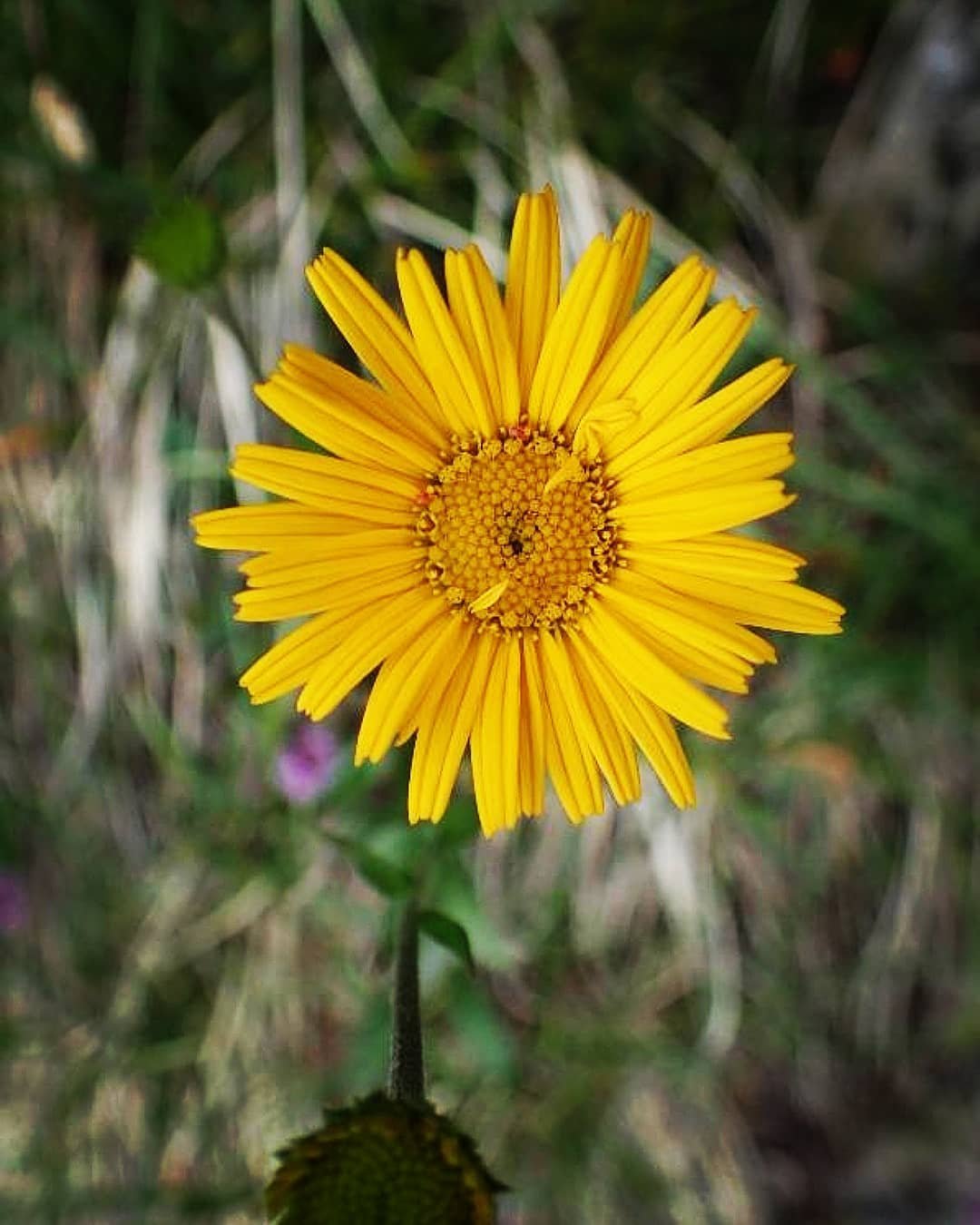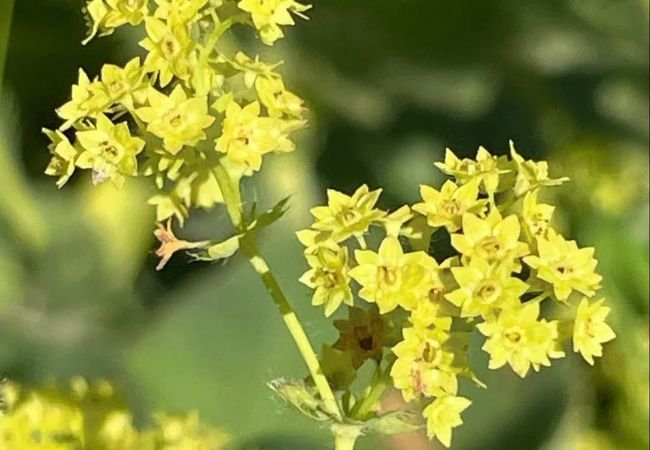Discover everything you need to know about Buphthalmum flowers, the cheerful yellow daisies that brighten any garden. Learn how to grow, care for, and enjoy these low-maintenance perennials.
Have you ever stumbled upon a flower that resembles a cheerful yellow daisy but isn’t quite the same? Allow me to introduce you to the Buphthalmum flower, commonly known as the yellow ox-eye or ox-eye daisy. As an avid gardener with over 10 years of experience, I’ve come to appreciate this delightful perennial for its bright, sunny blooms and low-maintenance nature. In this article, I’ll share everything you need to know about growing and caring for Buphthalmum flowers, so you can add a touch of sunshine to your garden.
Whether you’re a beginner or an experienced gardener, these yellow daisies are a fantastic choice for brightening up borders, wildflower gardens, or even as cut flowers for your home. Let’s dive into the world of Buphthalmum flowers and explore how to grow, care for, and enjoy them!
What Are Buphthalmum Flowers?

Buphthalmum flowers, scientifically known as Buphthalmum salicifolium, are a species of flowering plant in the Asteraceae family. Native to Europe, these clump-forming perennials are characterized by their willow-like dark green leaves and daisy-like yellow flowers that bloom from early summer to early autumn. The flowers, which can reach up to 6 cm in diameter, are not only visually appealing but also attract pollinators like bees and butterflies. Typically growing to a height of 50 to 70 cm, Buphthalmum flowers are perfect for adding a pop of color to any garden.
If you’ve ever heard of the term “ox-eye daisy,” you’re already familiar with this plant’s common name. While it’s not the same as the Asian daisy flower, it shares a similar cheerful appearance that makes it a favorite among gardeners. The name “Buphthalmum” comes from the Greek words “bous” (ox) and “ophthalmos” (eye), referring to the flower’s resemblance to an ox’s eye.
How to Grow Buphthalmum Flowers
Growing Buphthalmum flowers is relatively straightforward, making them an excellent choice for both novice and experienced gardeners like myself. Over the years, I’ve experimented with planting these yellow daisies in various parts of my garden, and I’ve found that they thrive under the right conditions. Here’s how you can get started:
1. Choose the Right Location
Buphthalmum flowers thrive in full sun to partial shade. Select a spot in your garden that receives at least 6 hours of sunlight daily. They can tolerate various soil types but prefer well-drained soil. If your soil is heavy or clay-like, consider amending it with organic matter to improve drainage. For more tips on preparing your garden soil, check out my article on Improving Garden Soil.
2. Planting Seeds or Divisions
You can grow Buphthalmum flowers from seeds or by dividing existing plants. Here’s how:
- Seeds: Sow seeds directly in the garden in spring after the last frost. Alternatively, start them indoors 4-6 weeks before the last frost date. Plant the seeds about 1/4 inch deep and keep the soil moist until germination, which typically takes 2-4 weeks.
- Divisions: If you already have Buphthalmum plants, you can divide them in spring. Dig up the clump, separate it into smaller sections, and replant them at least 20-30 cm apart to allow for growth.
3. Watering
Water the plants regularly after planting until they are established. Once established, Buphthalmum flowers are drought-tolerant and only need occasional watering during prolonged dry spells. I’ve found that deep, infrequent watering encourages strong root growth.
4. Spacing
Space the plants about 20-30 cm apart to ensure they have room to grow and spread. This spacing also helps prevent overcrowding, which can lead to poor air circulation and potential pest issues.
For additional insights on growing perennials, you might find this resource from Cornell University’s Gardening Resources helpful.
Care Tips for Buphthalmum Flowers
One of the reasons I love Buphthalmum flowers is their low-maintenance nature. After years of tending to these yellow daisies, I’ve learned a few care tips that keep them thriving. Here’s what you need to know:
Watering
As mentioned, these plants are drought-tolerant once established. Water them deeply but infrequently to encourage deep root growth. Overwatering can lead to root rot, so ensure the soil dries out between waterings. In my experience, I’ve found that watering once a week during dry spells is usually sufficient.
Fertilizing
Buphthalmum flowers don’t require much fertilization. A light application of a balanced, slow-release fertilizer in early spring can help promote healthy growth and abundant blooms. I typically use a 10-10-10 fertilizer and apply it sparingly to avoid over-fertilizing, which can lead to excessive foliage growth at the expense of flowers.
Pruning and Deadheading
To encourage continuous blooming, deadhead spent flowers regularly. This not only keeps the plant looking tidy but also directs energy back into producing more flowers. In late fall or early spring, you can cut back the foliage to maintain the plant’s shape. I’ve noticed that deadheading also helps extend the blooming season into early autumn.
Pest and Disease Management
Buphthalmum flowers are generally pest-resistant. However, keep an eye out for common garden pests like aphids or slugs. If necessary, use organic pest control methods to manage infestations. For example, I’ve used neem oil spray to tackle aphids in the past, and it worked wonders. For more information on managing garden pests, check out this guide from UC Integrated Pest Management.
For more detailed care tips for perennials, visit my guide on How to Care for Perennial Flowers.
Interesting Facts about Buphthalmum Flowers
Buphthalmum flowers are not just pretty; they have some fascinating aspects that make them even more appealing. Over the years, I’ve come across some intriguing tidbits about these yellow daisies that I’d love to share with you:
- Name Origin: The name “Buphthalmum” comes from the Greek words “bous” (ox) and “ophthalmos” (eye), referring to the flower’s resemblance to an ox’s eye. This is why it’s commonly known as the ox-eye daisy.
- Medicinal Uses: Historically, Buphthalmum has been used in traditional medicine for its anti-inflammatory and antiseptic properties. While it’s primarily grown for ornamental purposes today, it’s interesting to note its historical significance. For more details on historical uses of garden plants, you might enjoy this article from Missouri Botanical Garden.
- Pollinator Friendly: The bright yellow flowers are a magnet for pollinators, making them a great addition to any pollinator garden. Bees, butterflies, and other beneficial insects are attracted to their nectar-rich blooms. I’ve seen my garden come alive with activity thanks to these flowers!
For more insights into the history of garden plants, you might enjoy this article from the Royal Horticultural Society.
Common Mistakes to Avoid When Growing Buphthalmum Flowers
Even though Buphthalmum flowers are easy to grow, there are a few common mistakes that can hinder their growth. I’ve made some of these mistakes myself in the past, so I’m sharing them here to help you avoid them:
- Overwatering: These plants prefer well-drained soil and can suffer from root rot if overwatered. Make sure the soil dries out between waterings. I learned this the hard way when I lost a few plants to root rot early on!
- Planting in Too Much Shade: While Buphthalmum can tolerate partial shade, too much shade can result in fewer flowers and leggy growth. Aim for a spot with full sun for the best blooms. I’ve noticed a significant difference in bloom quality when I moved some plants to a sunnier location.
- Neglecting to Deadhead: Failing to deadhead spent flowers can reduce the number of blooms and make the plant look untidy. Regular deadheading encourages more flowers and prolongs the blooming season. Trust me, it’s worth the extra effort!
By avoiding these pitfalls, you can ensure your Buphthalmum flowers remain healthy and vibrant throughout the growing season. For more gardening tips, check out this resource from University of Illinois Extension.
Conclusion
Buphthalmum flowers, with their cheerful yellow daisy-like blooms, are a delightful addition to any garden. Their low-maintenance nature, coupled with their ability to attract pollinators, makes them a favorite among gardeners like myself. Whether you’re looking to brighten up a border, add to your wildflower garden, or simply enjoy their sunny presence, these flowers are sure to bring joy to your outdoor space.
So, why not give Buphthalmum flowers a try? With the tips and insights shared in this article, you’ll be well-equipped to grow and care for these charming perennials. Happy gardening, and I hope to see those yellow daisies blooming in your garden soon!







One comment on “Buphthalmum Flowers: Your Guide to Growing Vibrant Yellow Daisies”